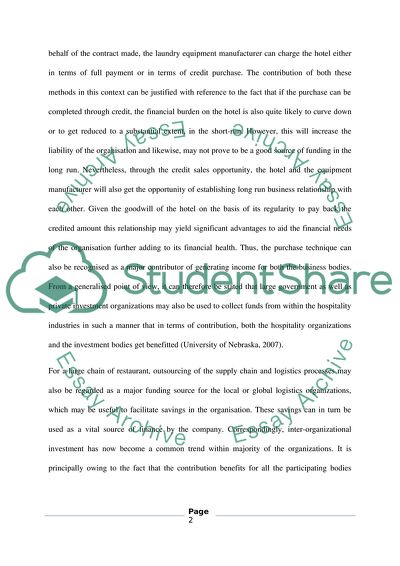Cite this document
(“Finance in the Hospitality Industry Assignment Example | Topics and Well Written Essays - 3250 words”, n.d.)
Finance in the Hospitality Industry Assignment Example | Topics and Well Written Essays - 3250 words. Retrieved from https://studentshare.org/finance-accounting/1834134-finance-in-the-hospitality-industry-unit-2
Finance in the Hospitality Industry Assignment Example | Topics and Well Written Essays - 3250 words. Retrieved from https://studentshare.org/finance-accounting/1834134-finance-in-the-hospitality-industry-unit-2
(Finance in the Hospitality Industry Assignment Example | Topics and Well Written Essays - 3250 Words)
Finance in the Hospitality Industry Assignment Example | Topics and Well Written Essays - 3250 Words. https://studentshare.org/finance-accounting/1834134-finance-in-the-hospitality-industry-unit-2.
Finance in the Hospitality Industry Assignment Example | Topics and Well Written Essays - 3250 Words. https://studentshare.org/finance-accounting/1834134-finance-in-the-hospitality-industry-unit-2.
“Finance in the Hospitality Industry Assignment Example | Topics and Well Written Essays - 3250 Words”, n.d. https://studentshare.org/finance-accounting/1834134-finance-in-the-hospitality-industry-unit-2.


